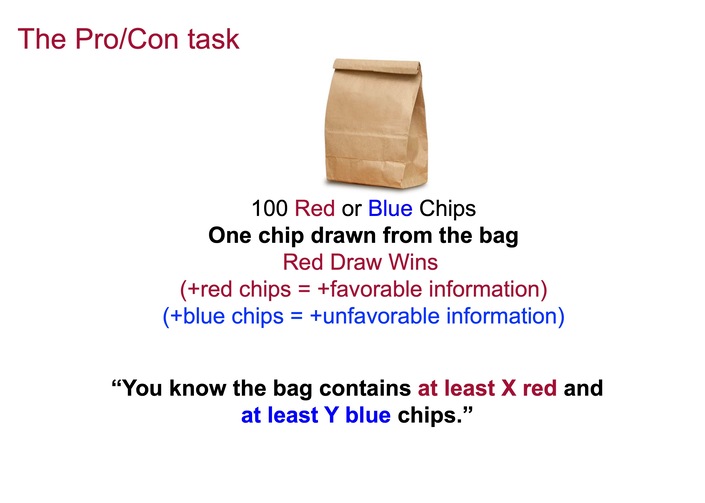
In everyday life, people have to make decisions in uncertain situations in which they have incomplete information, but how individuals behave in such instances is influenced by their gender. Men are more likely to interpret any information about an investment opportunity “optimistically” and can more easily be persuaded into making risky financial decisions, suggests new research from the Rady School of Management at the University of California San Diego.
The study, which is forthcoming in the journal Cognitive, Affective, and Behavioral Neuroscience, builds on existing research that shows women are more risk averse than men. However, “risk” in previous research is most usually defined as situations in which people know the specific probabilities involved, like a 50% chance of winning a coin flip.
“The uncertainty we encounter in everyday life rarely includes such precise odds – usually people have to make a decision with partial or incomplete information,” said Uma Karmarkar, study author and assistant professor of marketing and innovation at UC San Diego’s Rady School of Management and School of Global Policy and Strategy. “This research finds that men and women actually show very similar responses in low-information, uncertain financial decisions. However, it also shows a key difference: as information is added, men tend to interpret it favorably, which in turn convinces them to increase the amount of money they’re willing to invest.”
The more information you give men – good or bad – the more they pay compared to women
The research has implications for how men and women might make decisions in a range of professional settings, such as women’s likelihood to compete for leadership roles or their financial investing performance.
The primary findings were shown in two specific experiments conducted in person and online with almost 500 participants.
The experiments in the study were modeled after real-world investment decision-making, in which participants had to make spending choices using real money.
Participants in the in-person experiments were asked to play games involving actual cash stakes. For each game, they considered a bag filled with 100 red and blue poker chips. Participants had to choose how much they were willing to pay – up to $10 for a “ticket” to play a game where a single chip would be drawn from the bag. If a red chip was drawn, they would win $20. If a blue chip was drawn, they’d win nothing. However, players did not know how much of each color was in the bag. In each game, they were given a little bit of information about the colors of some of the chips, which left them overall uncertain. And each player had the option not to bet at all and pocket the $10.
“The information we added was intentionally kept ambiguous,” Karmarkar said. “We would give them some good information, some bad information and we kept some information missing. For example, we would tell them that the bag has at least 17 red chips and at least 20 blue chips, so that information on the rest of the chips is still clearly missing, with participants having to ‘gamble’ on the probability that a red chip would be pulled from the bag.”

The results revealed that when there is little information overall, both men and women are wary about spending, but the more information you give men – good or bad – the more they pay compared to women. As the total amount of information increases, the gap in behavior continues to widen.
“Missing information clearly bothers women more than men in this experiment,” Karmarkar said. “As such, this research implies that men can be more easily persuaded to spend, but this is significantly related to the availability of relevant information about the situation.”
The in-person experiment was conducted on the UC San Diego campus and included over 200 participants, mostly students, with about 58% women and about 42% men whose average age was 20. The results were replicated online with 274 participants. These individuals ranged in age from 19 to 77 (with an average age of 42), and they did not play the games with real money. The online participants consisted of about 48% women and 52% men. The replication included basic controls for factors like education, age and income and still found significant differences in decisions between genders.


Leave a Reply